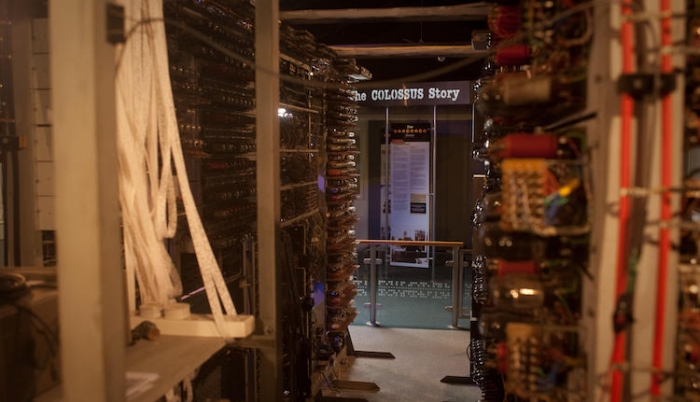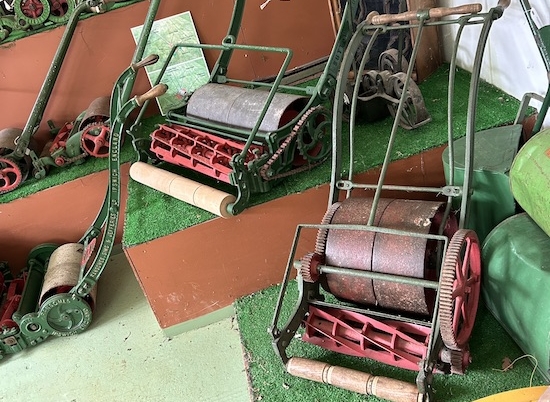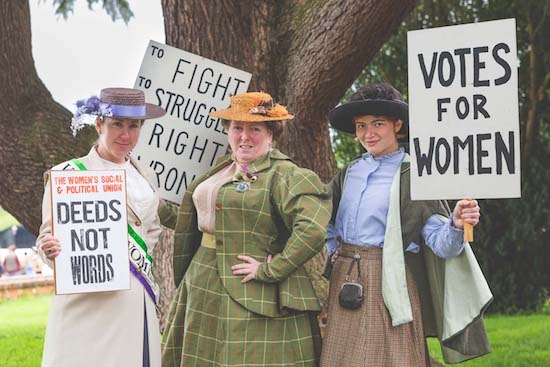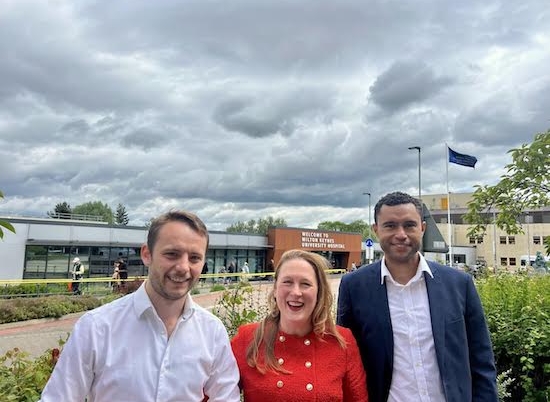The 75th anniversary of the first attack by the Colossus computer on a Second World War enemy Lorenz message has coincided with the discovery of a selection of original decrypts showing the nature of the intelligence that was intercepted.
The decrypts are now being analysed by researchers for a special display in the Colossus Gallery at The National Museum of Computing in May to mark the 75th anniversary of the arrival of Colossus Mk II in time for D-Day in 1944.
On February 5 1944, Colossus Mk I attacked its first message encrypted by Lorenz, the highly sophisticated cipher used in communications between Hitler and his generals during the Second World War.
Designed by brilliant British telecommunications design engineer Tommy Flowers, Colossus was built to speed up code-breaking of the hugely complex Lorenz cipher. By the end of the war there were ten functioning Colossi and they made a decisive impact in shortening the war and saving countless lives.
News of the existence of the Colossus, widely regarded as the first electronic computer, was kept top secret for 30 years partly because of the sophistication of its methods to help break Lorenz messages by finding the frequently changing wheel patterns of the Lorenz encryption machine.
Standing 2m high, 5 m wide and almost 4 m deep (7 ft by 17 ft by 11 ft), Colossus weighed five tonnes, and used 8 kW of power. Colossus Mark II, which arrived at Bletchley Park in May 1944, had 2,500 valves and 7 km of wiring, and was able to read 5000 characters per second (faster than anything ever produced commercially).
By accelerating the discovery of the wheel patterns of the ever-changing Lorenz-encrypted messages, 63 million characters of high-grade German messages had been decrypted by 550 people working on the ten functioning Colossus machines at Bletchley Park by the end of the war.
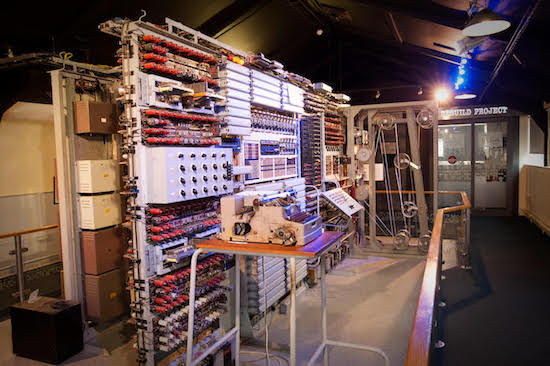
The full impact of Colossus continues to be revealed. Although its existence was kept secret until 1975, many of those who worked on Colossus went on to build other computers and technologies, confident in the knowledge that it was possible to build reliable machines of such complexity using valves.
Andrew Herbert, chair of The National Museum of Computing, said, “The working rebuild of Colossus at The National Museum of Computing is an inspiration to all our visitors who are astonished when they see the working machine and learn of its impact.
“The achievements of those who worked at wartime Bletchley Park are humbling. Despite decades of secrecy, the names of the key characters involved with the breaking of Lorenz and the construction of Colossus are becoming increasingly well-known.
Bill Tutte who deduced how the Lorenz machine worked, Colonel Tester and the Testery who broke the cipher by hand, and Tommy Flowers who designed Colossus to speed up the code-breaking process are just a few of the names that are familiar to many today, but who were largely unknown for decades after the war.
"At our museum today, the working Colossus rebuilt by the late Tony Sale and his team provides a mesmerising beginning to our story of the history of computing. It never fails to generate awe and spark the imagination of visitors of all ages.”
For more leisure stories in Milton Keynes, follow us on www.twitter.com/thisistotalmk
And on Facebook: www.facebook.com/thisistotalmk


